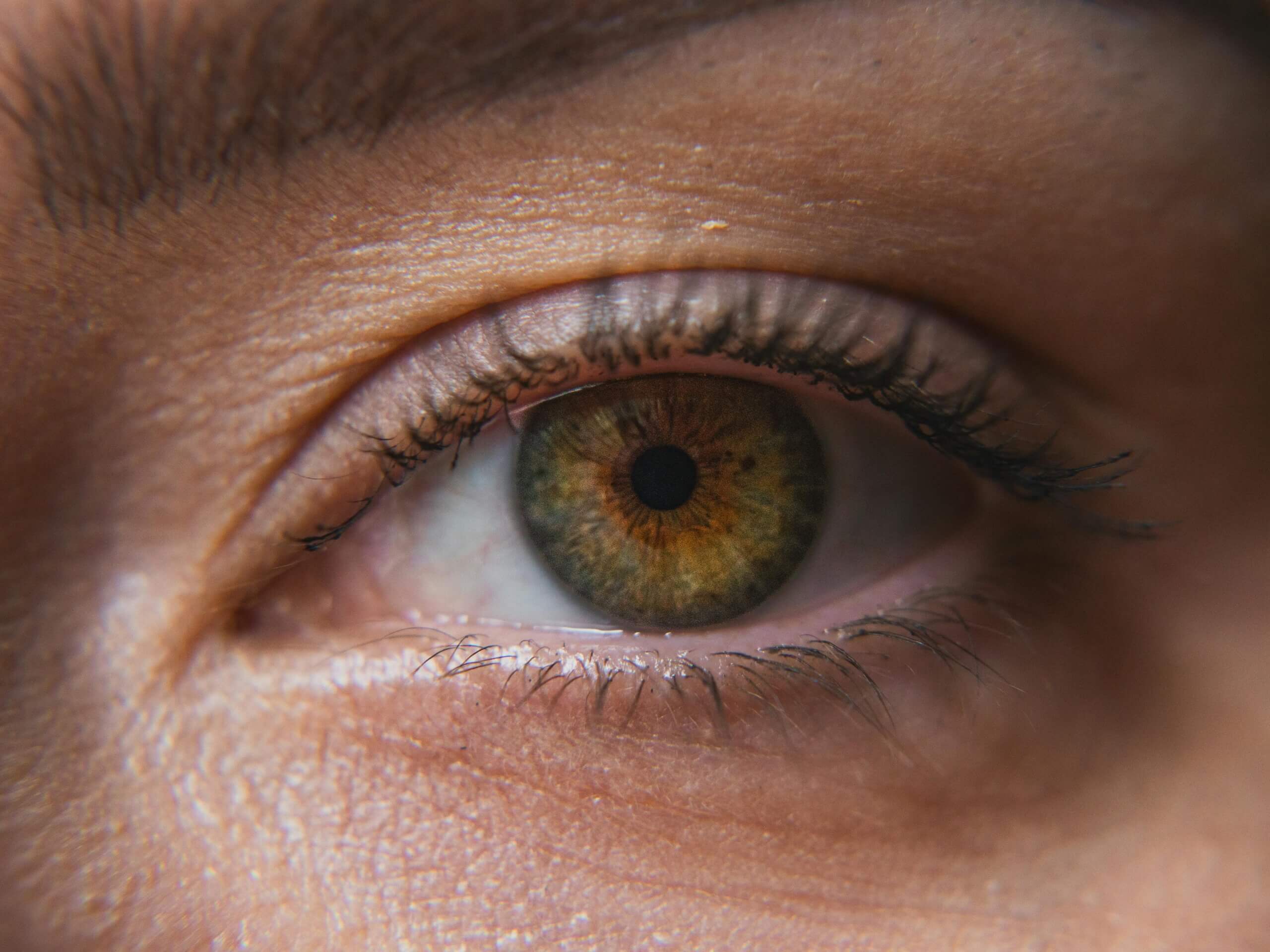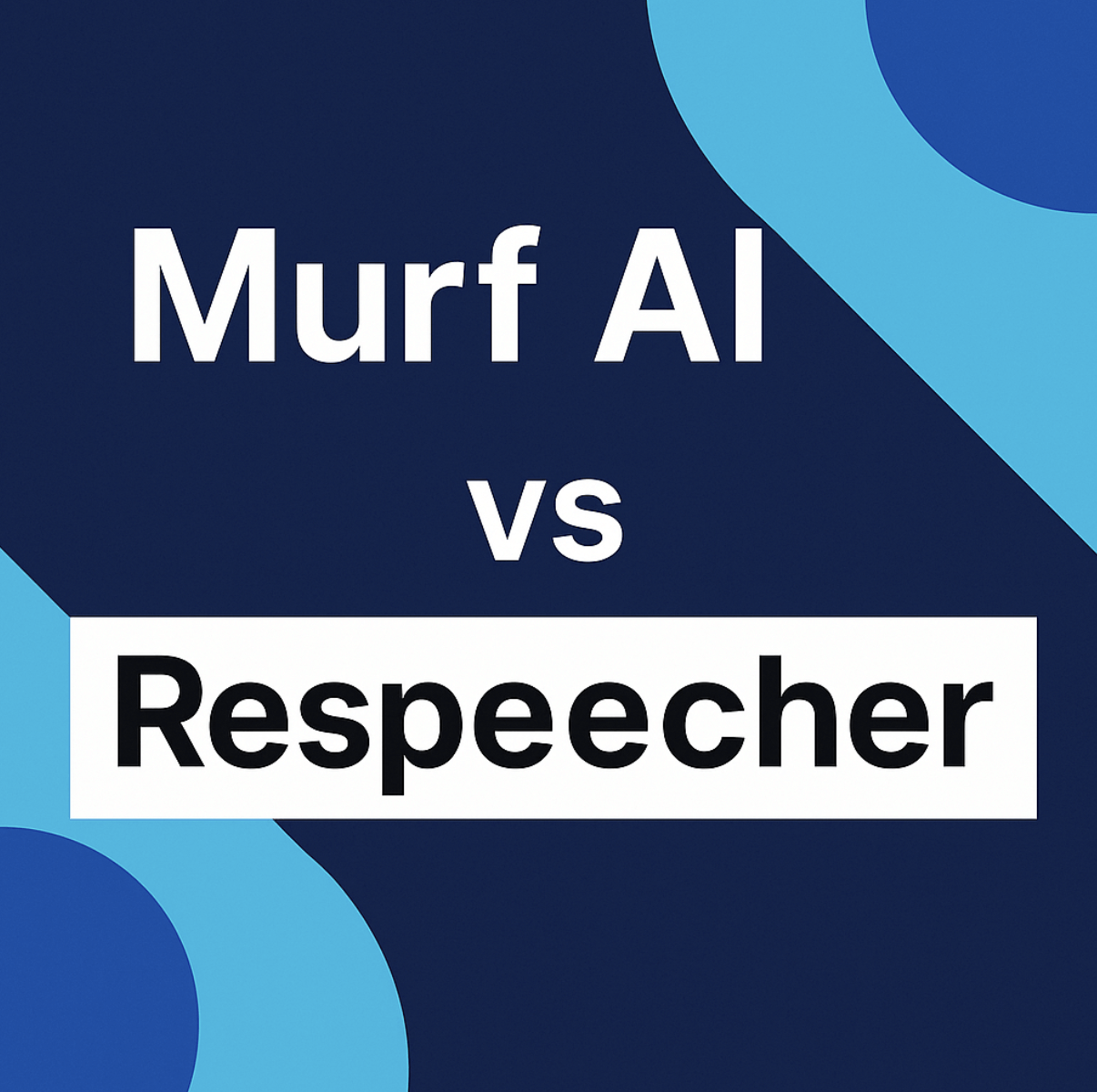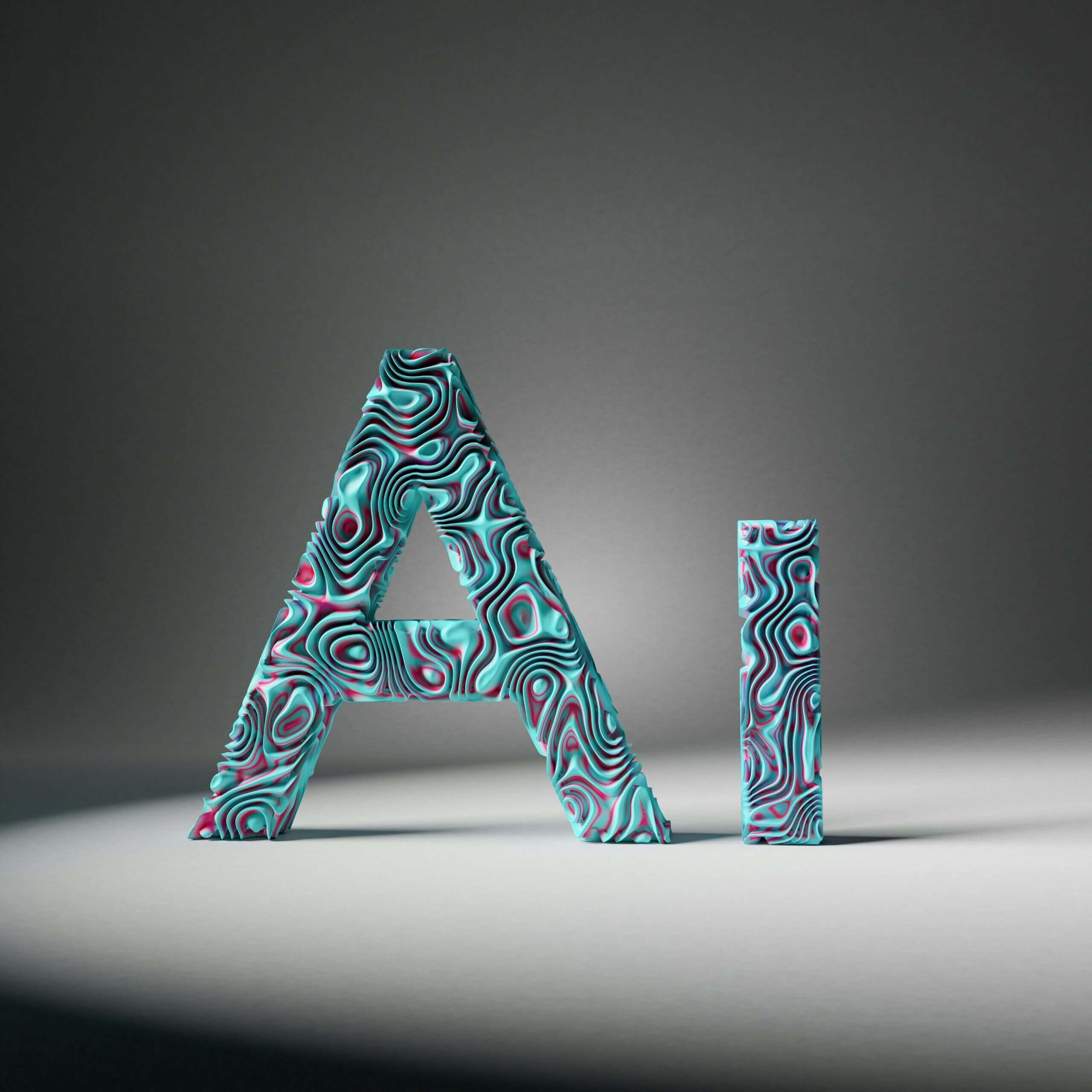
Maureen Brooks
Freelance Writer
29.01.2024
Web developers are always working to create websites that are SEO-friendly and provide a good user experience.
For this purpose, Google has developed a special image format named WebP which can reduce file size by up to 34% as compared to JPG files. Due to such great compression ability, the website loads faster. But the major drawback of webp format is its compatibility with old browsers, hosting, and software tools.
Need Of WEBP To JPG Converter
No doubt webp has brought several benefits such as faster page load times, minimum bandwidth usage, and positive user experience but web developers still hesitate to use them due to their compatibility issues. This is where JPGs come into play which is an older image file format and widely accepted by all users. Here are a few reasons to shift to jpg images
- To make your website more compatible with all browsers
- To make sure all web hosting and CDN networks support your website
- All old mobile phone users have access to your content
For this purpose, you will need webp to jpg conversion. A good webp to jpg converter like webptopng.xyz is needed which can convert your images without losing data, and make faster conversions. For this purpose, you can integrate machine learning technology into it.
What Is Machine Learning?
Machine learning is a subfield of artificial intelligence (AI) and computer science that uses data and algorithms to mimic the way humans learn, gradually improving its accuracy.Over the previous few decades, advances in storage and processing capacity have enabled certain cutting-edge machine learning technologies, such as Netflix’s recommendation engine and self-driving automobiles. Machine learning works in three parts
- Based on some labeled or unlabeled input data, your algorithm will generate an estimate of a pattern in the data.
- If there are known instances, an error function can be compared to them to determine the model’s accuracy.
- If the model fits better to the data points in the training set, weights are modified to close the gap between the known example and the model prediction. The algorithm will repeat the “evaluate and optimize” process, adjusting weights autonomously until a certain level of accuracy is met.
How Is Machine Learning Useful In Conversion Tools?
Machine learning greatly enhances the capability of conversion tools by incorporating adaptive and intelligent features. Machine learning is useful in conversion tools because it can learn patterns and then forecast outcomes. On this basis, it alters strategies based on real-time data. Machine learning, whether used to convert images, documents, or formats, allows systems to analyze user behavior, predict preferences, and optimize the conversion process.
Google Analytics uses machine learning to create data-driven attribution models. Machine learning is used in several behavioral/marketing automation technologies, including Bounce Exchange, Infer, giosg, and others. You can use these machine learning-based technologies to optimize your website’s conversion rate.
Need For Machine Learning In WEBP Format
Machine learning can be applied to image optimization and enhancement processes. Which effectively produces better images for a website. Machine learning can be used to
- Learn patterns in images and elements that could affect image quality
- Determine the quality of the image after compression so that a good balance can be maintained between file size and visual quality
- Identify compression artifacts that could result in high-quality webp images
- Recognize objects and features in the image for better image compression
- The algorithm can be used to apply compression to unnecessary areas in the image
How Machine Learning Is Used In The WEBP To JPG Converter?
You can apply machine learning for an image conversion algorithm in a step-by-step manner. Keep in mind that creating a machine-learning model for this task necessitates an in-depth understanding of both image processing and machine-learning techniques. Here are a few steps to follow
Clearly state the issue that machine learning is intended to address. For example, you might want to improve the visual quality of online conversion, reduce artifacts, or optimize the compression ratio.
Gather a dataset of WebP images and their corresponding high-quality JPG images. Ensure that your dataset covers a diverse range of images with different content, resolutions, and compression levels.
Preprocess the data, including resizing images, normalizing pixel values, and any other necessary preprocessing steps
-
Choose a model architecture
Select a suitable machine learning model architecture for your task. Convolutional Neural Networks are commonly used for image-related task
-
Split data for training and testing
Divide your dataset into sets for testing and training. The testing set is used to assess the model’s performance after it has been trained using the training set.
Train your machine learning model using the training dataset.
Evaluate your model on the testing set to assess its generalization performance. Examine metrics and visual outputs to understand how well the model is performing
Once you’re satisfied with the model’s performance, add it to your WebP to JPG converter process. This could entail developing an inference pipeline that accepts a WebP image as input and creates a high-quality JPG image as output.
Benefits Of Machine Learning In WEBP To JPG Converter
Machine learning is a new technique in computer science that can be applied in creating image converters by testing, monitoring, and updating different techniques. With machine learning, you can get
- Machine learning techniques can identify patterns in image data and adjust compression settings based on WebP image properties. This can result in more efficient compression, lowering file sizes while maintaining visual quality during the conversion to JPG.
- ML models may be instructed to recognize and decrease compression artifacts that occur during the conversion process. This produces higher-quality JPG photos with less visual distortions.
- Machine learning algorithms can analyze image material and apply multiple compression tactics depending on its nature. For example, essential image parts can be prioritized for better quality, while less critical portions can be compressed.
- Machine learning can improve image sizes for effective bandwidth utilization, particularly when images must be sent across networks. This may result in speedier loading speeds for online pages or applications.
Conclusion
Machine learning is a vast field from which multiple benefits can be taken for optimizing images and conversion processes. The efficacy of machine learning in a WebP to JPG converter is determined by the training data’s quality and diversity, the model architecture chosen, and the overall implementation. It should not be left as it is but monitoring and updating the model can ensure the algorithm works well.





